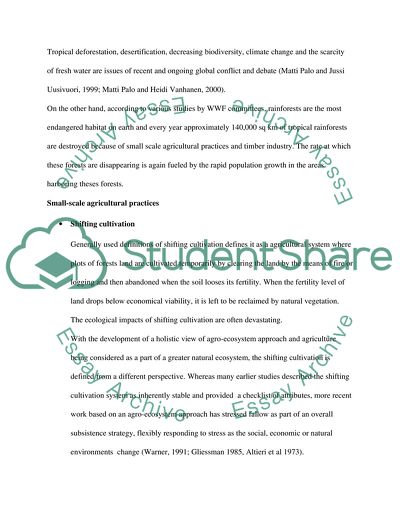Cite this document
(“Impacts Of Conversion Of Tropical Forests To Small-Scale Agriculture Essay”, n.d.)
Impacts Of Conversion Of Tropical Forests To Small-Scale Agriculture Essay. Retrieved from https://studentshare.org/agriculture/1543088-impacts-of-conversion-of-tropical-forests-to-small-scale-agriculture
Impacts Of Conversion Of Tropical Forests To Small-Scale Agriculture Essay. Retrieved from https://studentshare.org/agriculture/1543088-impacts-of-conversion-of-tropical-forests-to-small-scale-agriculture
(Impacts Of Conversion Of Tropical Forests To Small-Scale Agriculture Essay)
Impacts Of Conversion Of Tropical Forests To Small-Scale Agriculture Essay. https://studentshare.org/agriculture/1543088-impacts-of-conversion-of-tropical-forests-to-small-scale-agriculture.
Impacts Of Conversion Of Tropical Forests To Small-Scale Agriculture Essay. https://studentshare.org/agriculture/1543088-impacts-of-conversion-of-tropical-forests-to-small-scale-agriculture.
“Impacts Of Conversion Of Tropical Forests To Small-Scale Agriculture Essay”, n.d. https://studentshare.org/agriculture/1543088-impacts-of-conversion-of-tropical-forests-to-small-scale-agriculture.


